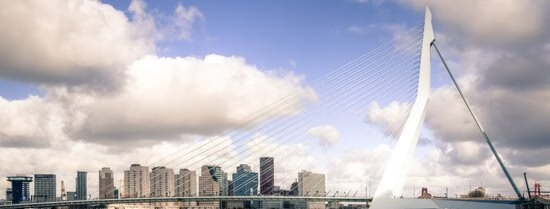The European Commission's REPowerEU plan aims to reduce Europe's reliance on Russian fossil fuels in part by promoting hydrogen and hydrogen carriers like ammonia in the energy mix. However, the trade in ammonia is still in its early stages, with price mechanisms, market fundamentals, logistics channels, and regulatory frameworks yet to be established. Despite these challenges, the demand for ammonia is expected to triple by 2050, primarily driven by its use as a hydrogen carrier and bunker fuel for decarbonizing the shipping industry. So, what does it take to mainstream ammonia? Read more about it below.
The commodification of ammonia
The commodification of ammonia is key for positioning it as an energy carrier in the zero-to-low-carbon energy future. The CommodipHy report by ECTC and TU Delft details a three-phase framework that outlines the market's progression toward sophistication:
- The first phase, where the ammonia market is currently situated, is characterized by opaque, long-term contracts between producers and consumers, with limited international trade.
- The second phase, dominated by a more transparent spot market with pricing centres, enables improved price discovery and a better supply-demand balance.
- The third phase involves the establishment of standardized financial derivatives, increasing financial liquidity, and opening the market to more players.
So, how can the market evolve to phases 2 and 3?
Recommendations
The Port of Rotterdam is well-suited to become a pricing centre for ammonia due to the existing infrastructure, institutions, and demand for ammonia. Becoming a pricing centre would attract more market players, drive volume to Rotterdam, and establish a virtuous cycle that secures recurring flows of ammonia. To achieve this, the report recommends the following.
- Assessing the role of competing hydrogen carriers, such as the market size and technical advancements of liquid hydrogen (LOHC) and methanol to understand how they may challenge ammonia's potential as a hydrogen carrier.
- Understanding the ammonia bunker fuel market by studying the expanding market for bio-blended bunker fuels in Rotterdam and exploring carbon markets and green certification trading to determine ammonia's prospects as a bunker fuel.
- Creating a business case for Rotterdam as an ammonia hub and a pricing point by identifying what makes the market, cataloguing key market actors, and addressing the potential to consolidate a knowledge base in The Netherlands that enables these efforts.
Curious to know more? Read the full report here.

